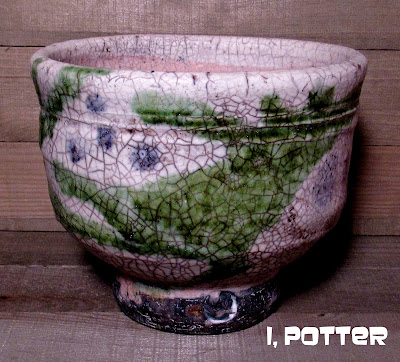To this end, illustrated is a quick shot from a Honoho issue of a Shigaraki slab tsubo by Furutani Michio. Dating to 1990, this pot is linked with Furutani as one of his most iconic and classic forms which he has made in a variety of shapes and sizes, each one unique but connected within a wonderful body of work left by this pioneering and sorely missed potter.
"I keep six honest serving men
(They taught me all I knew);
There names are What and Why and When
And How and Where and Who." Rudyard Kipling










